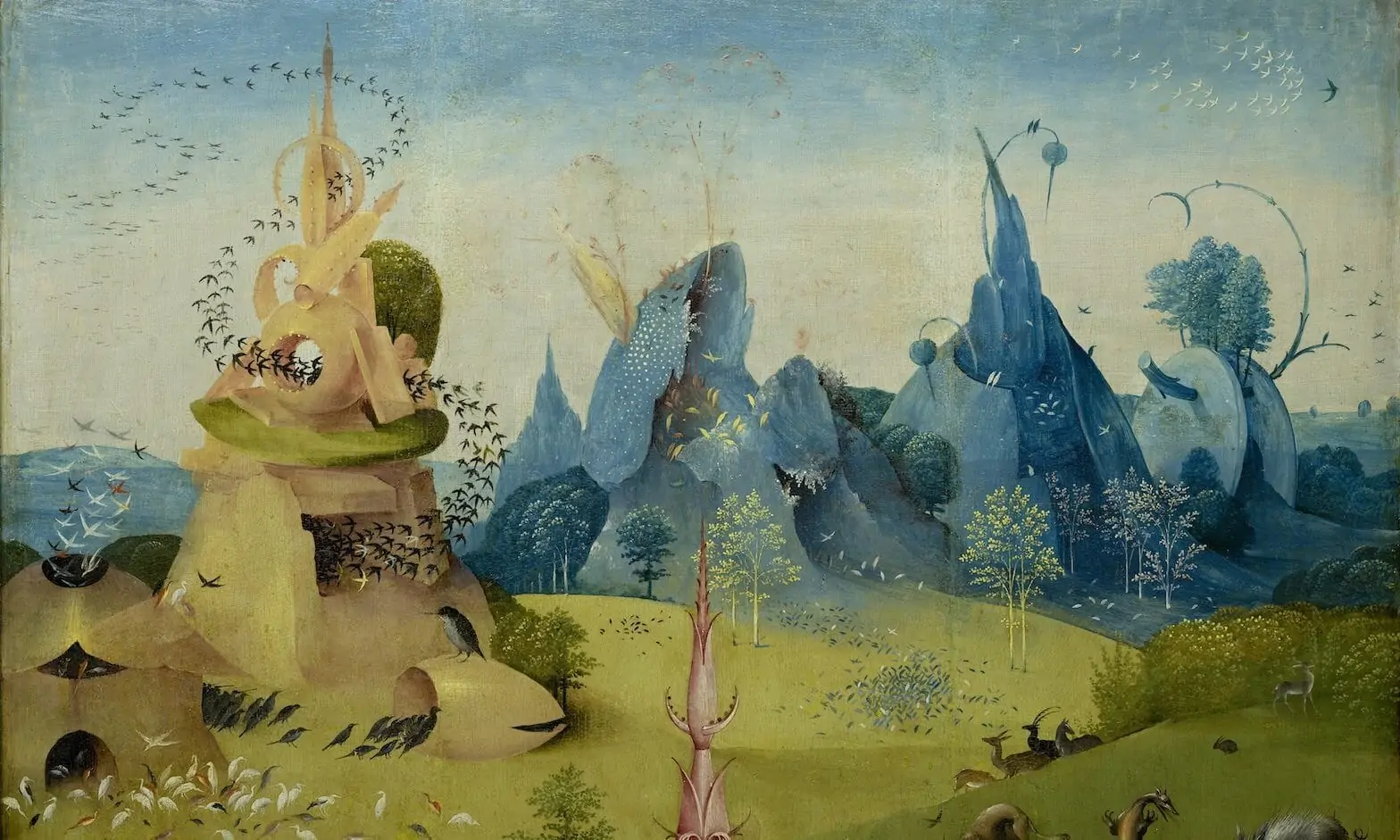Everstate is an imaginary state in our contemporary world of the beginning of the 21st century, created to identify and imagine various futures.
It will be used to represent all states and each state. Everstate is thus an ideal-type state. It is also a shorthand for the model that was constructed to represent the dynamics and processes underlying the evolution of a state, as political form. This model is a dynamic graph, map or network, as is explained in Modeling for Dynamic Risks and Uncertainties (1) : Mapping Risk and Uncertainty and Modeling for Dynamic Risks and Uncertainties (2) : Mapping a Dynamic Network
- Niger: a New Severe Threat for the Future of France’s Nuclear Energy?
- Revisiting Uranium Supply Security (1)
- The Future of Uranium Demand – China’s Surge
- Uranium and the Renewal of Nuclear Energy
- AI at War (1) – Ukraine
- Anticipate and Get Ready for the Future – Podcast
However, even if we work with an ideal-type, events do not unfold in a vacuum but are dependent upon and constrained by a host of specific factors, most notably geography, the ecological milieu and history.
Thus, to make our foresight realistic, replicable, as well as adaptable to specific, existing countries, some criteria were identified and then specified: i.e. we give them values for Everstate. Those initial characteristics will also influence what happens.
Readers and users of the Chronicles of Everstate can imagine changing those criteria to test potential futures for countries of interest. They can apply real criteria to identify plausible futures for real countries.
For example, if geography is selected as a criteria, then the value may be: land in the tropical belt in South Asia, or land in Northern America. The size of the country must will also need to be specified, etc.
To identify the criteria, we used a “revisited influence analysis“. We then explain how to attribute values for each criterion in the specific case of dynamic networks. We finally highlight the criteria selected and their values for Everstate.
Next, we explicate how the map is used to construct the narrative through use of ego networks, and apply it to articulate how the values selected set the stage for Everstate.
We then start telling the story of Everstate, while, in the meantime, showing how to do it.


